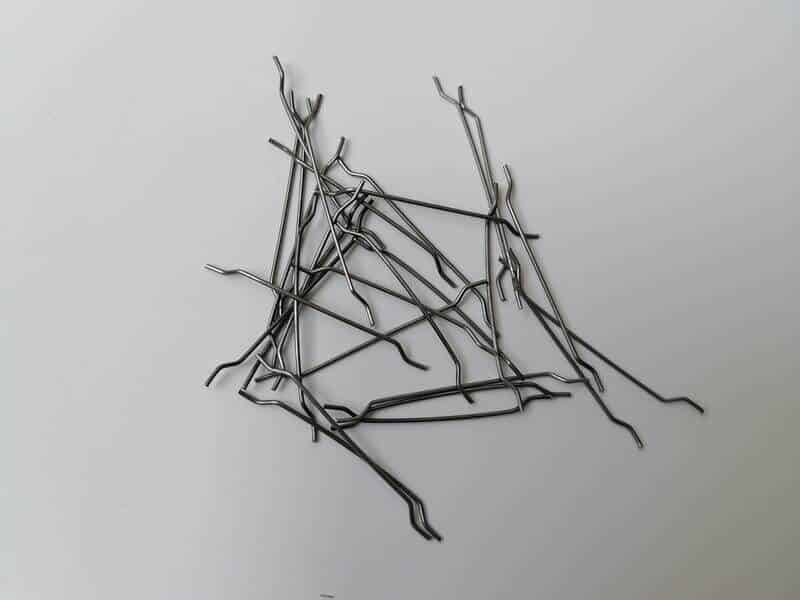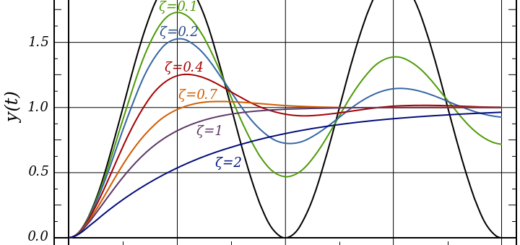Rebar Alternatives: Revolutionizing Reinforcement
In the realm of construction, the use of traditional steel reinforcement bars, commonly known as rebar, has been the norm for decades. However, as technology and materials advance, alternative solutions to rebar have emerged, offering innovative approaches to reinforce concrete structures. This article explores the concept of rebar alternatives, their benefits, and their applications in the construction industry.
Why are Rebar Alternatives Needed?
- Limitations of Traditional Rebar: Traditional rebar comes with its own set of limitations, including susceptibility to corrosion, heavy weight, and difficulties in installation and maintenance.
- Advancements in Material Science: Innovations in material science have paved the way for the development of alternative reinforcement materials that can overcome the limitations of traditional rebar.
- Enhancing Structural Performance: Rebar alternatives offer the potential to enhance structural performance, increase durability, and provide greater flexibility in design and construction.
Types of Rebar Alternatives
Fiber-Reinforced Polymers (FRP)
Fiber-Reinforced Polymers (FRPs) are composite materials that consist of a polymer matrix reinforced with fibers. These materials are known for their high strength-to-weight ratio, corrosion resistance, and durability, making them suitable for a wide range of applications.
The polymer matrix in FRPs can be made of various materials, such as epoxy, polyester, or vinyl ester resins. These matrices provide the material with its overall shape and structure. The fibers, on the other hand, are responsible for reinforcing the polymer matrix and enhancing its mechanical properties.
Carbon Fiber Reinforced Polymer (CFRP)
CFRP is a type of FRP that utilizes carbon fibers as reinforcement. It offers high tensile strength, stiffness, and excellent resistance to environmental conditions. CFRP finds applications in various structural elements, such as beams, columns, and slabs.
The carbon fibers in CFRPs are composed of long, thin strands of carbon atoms that are tightly bound together. These fibers possess excellent mechanical properties, including high tensile strength, high modulus of elasticity, and low weight. They are typically manufactured through a process called carbonization, where precursor materials, such as polyacrylonitrile (PAN) or pitch, undergo heating and treatment to eliminate non-carbon elements.
The carbon fibers are then embedded in a polymer matrix, which is commonly made of epoxy resin. The matrix material holds the carbon fibers together and transfers the applied loads across the composite material. Epoxy resins are preferred due to their strong adhesion to carbon fibers and ability to withstand high temperatures and harsh environmental conditions.
Glass Fiber Reinforced Polymer (GFRP)
GFRP, another type of FRP, employs glass fibers as reinforcement. It possesses good mechanical properties, electrical insulation, and resistance to chemicals. GFRP is commonly used in applications where electrical conductivity is a concern.
The glass fibers used in GFRPs are typically made of thin strands of silica-based glass. These fibers are manufactured through a process called fiber drawing, where molten glass is extruded through fine nozzles to form continuous filaments. The resulting glass fibers possess good tensile strength and stiffness.
In the production of GFRP composites, these glass fibers are embedded in a polymer matrix, such as epoxy, polyester, or vinyl ester resin. The polymer matrix holds the glass fibers together and transfers the applied loads across the composite material.
Basalt Fiber Reinforced Polymer (BFRP)
BFRP utilizes basalt fibers as reinforcement, which exhibit excellent tensile strength and resistance to high temperatures. It finds applications in structural elements exposed to extreme heat or fire hazards.
Basalt fibers used in BFRPs are derived from the natural volcanic rock called basalt. The rock is melted at high temperatures and then extruded into thin filaments, which are later processed into continuous fibers. Basalt fibers possess high tensile strength and excellent resistance to temperature variations.
In the manufacturing of BFRP composites, these basalt fibers are embedded in a polymer matrix, typically consisting of epoxy, polyester, or vinyl ester resin. The polymer matrix provides structural integrity to the composite and transfers the applied loads to the reinforcing basalt fibers.
BFRPs offer several advantages in different industries. One of the notable advantages is their excellent resistance to high temperatures. Basalt fibers can withstand elevated temperatures without significant loss of strength, making BFRPs suitable for applications where thermal stability is crucial, such as fire-resistant structures and exhaust systems.
Another advantage of BFRPs is their high resistance to chemical corrosion. Basalt fibers have inherent resistance to acidic and alkaline environments, making BFRPs suitable for applications in chemical processing, wastewater treatment, and marine industries.
BFRPs are also known for their good mechanical properties, including high tensile strength, stiffness, and impact resistance. These properties make them useful for reinforcing concrete structures, similar to other FRP composites. BFRP rebars and grids can be used as internal reinforcements in concrete elements, enhancing their load-carrying capacity and durability.
Furthermore, BFRPs find applications in the construction of bridges, tunnels, and other infrastructure projects, where their corrosion resistance and lightweight properties are advantageous.
High-Strength Steel Fibers
High-strength steel fibers are small, discrete reinforcing elements added to concrete to enhance its mechanical properties. They offer improved crack resistance, impact resistance, and ductility.
High-strength steel fibers are manufactured through a process called wire drawing. Steel wire with high tensile strength is drawn through a series of dies to reduce its diameter and increase its length. The resulting fibers have a controlled aspect ratio, typically ranging from 30 to 100, which refers to the ratio of fiber length to its diameter.
These steel fibers are then incorporated into concrete or other matrix materials during the mixing process. The fibers distribute evenly within the matrix, providing reinforcement and enhancing the material’s performance under different loading conditions.
Synthetic Fibers
Synthetic fibers, such as polypropylene and nylon, are increasingly being used as reinforcement materials in concrete. They enhance the concrete’s toughness, reduce cracking, and improve resistance to shrinkage.
Steel Fiber Reinforced Concrete (SFRC)
SFRC incorporates steel fibers as reinforcement within the concrete matrix. This alternative provides improved flexural and tensile strength, impact resistance, and ductility.
Engineered Cementitious Composites (ECC)
Engineered Cementitious Composites, or ECC, are innovative materials that consist of cement, fine aggregates, fibers, and chemical admixtures. ECC exhibits exceptional ductility, crack resistance, and self-healing properties, making it suitable for seismic-resistant structures.
Natural Fiber Reinforced Concrete (NFRC)
NFRC incorporates natural fibers, such as jute, coconut, or bamboo, as reinforcement in concrete. These fibers offer sustainable and environmentally friendly alternatives to traditional reinforcement materials.
Polymer Concrete
Polymer concrete is a composite material in which a polymer resin replaces the cementitious binder in conventional concrete. It offers excellent chemical resistance, durability, and high strength, making it suitable for demanding environments.
The construction industry is witnessing a shift towards rebar alternatives as technology and innovation continue to advance. These alternatives offer numerous advantages, including improved strength-to-weight ratios, resistance to corrosion, enhanced durability, and flexibility in design. By exploring the diverse range of rebar alternatives, engineers and construction professionals can select the most suitable materials for their projects, revolutionizing the way concrete structures are reinforced.
FAQs
Q1. Are rebar alternatives as strong as traditional steel reinforcement? Yes, many rebar alternatives, such as carbon fiber reinforced polymers (CFRP) and high-strength steel fibers, offer comparable or even superior strength to traditional steel reinforcement.
Q2. Do rebar alternatives require specialized installation techniques? Some rebar alternatives may require specific installation methods due to their unique properties. It is essential to follow manufacturer guidelines and consult with experts during the installation process.
Q3. Are rebar alternatives more expensive than traditional rebar? The cost of rebar alternatives may vary depending on the specific material and project requirements. While some alternatives may be initially more expensive, they can provide long-term cost savings due to increased durability and reduced maintenance.
Q4. Can rebar alternatives be used in all types of construction projects? Rebar alternatives can be utilized in a wide range of construction projects, including residential, commercial, and infrastructure. However, it is crucial to consider the specific requirements and consult with structural engineers for optimal selection.
Q5. Are rebar alternatives environmentally friendly? Many rebar alternatives, such as natural fiber reinforced concrete (NFRC) and polymer concrete, offer sustainable and eco-friendly solutions, reducing the environmental impact of construction activities.




